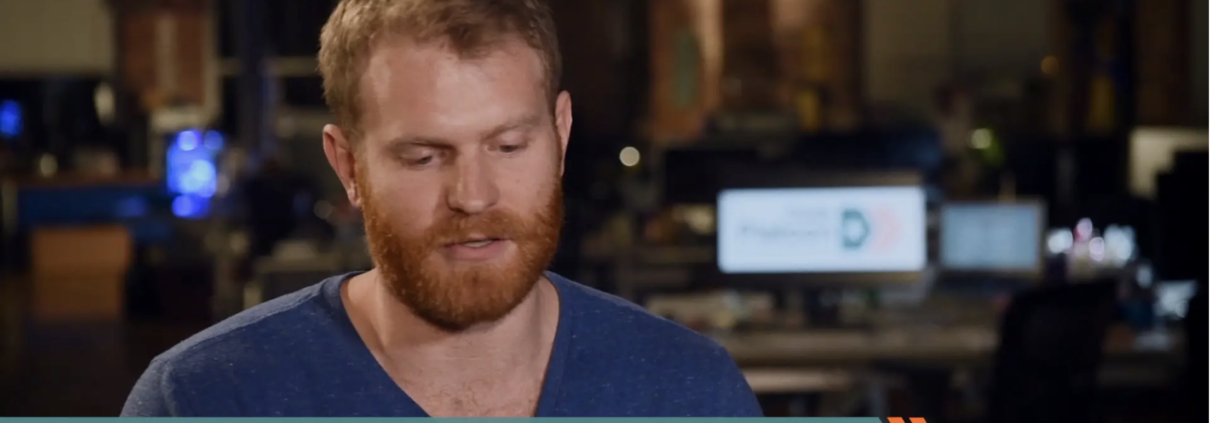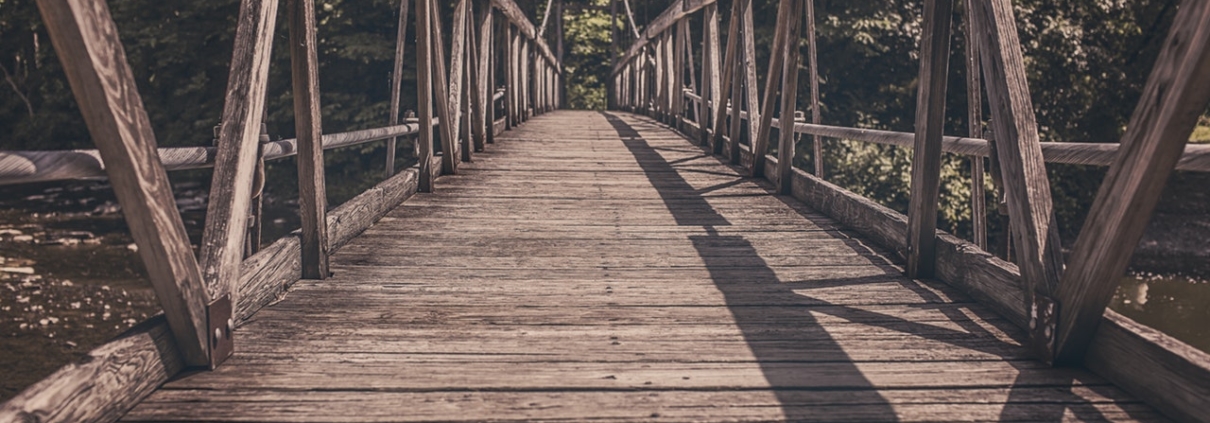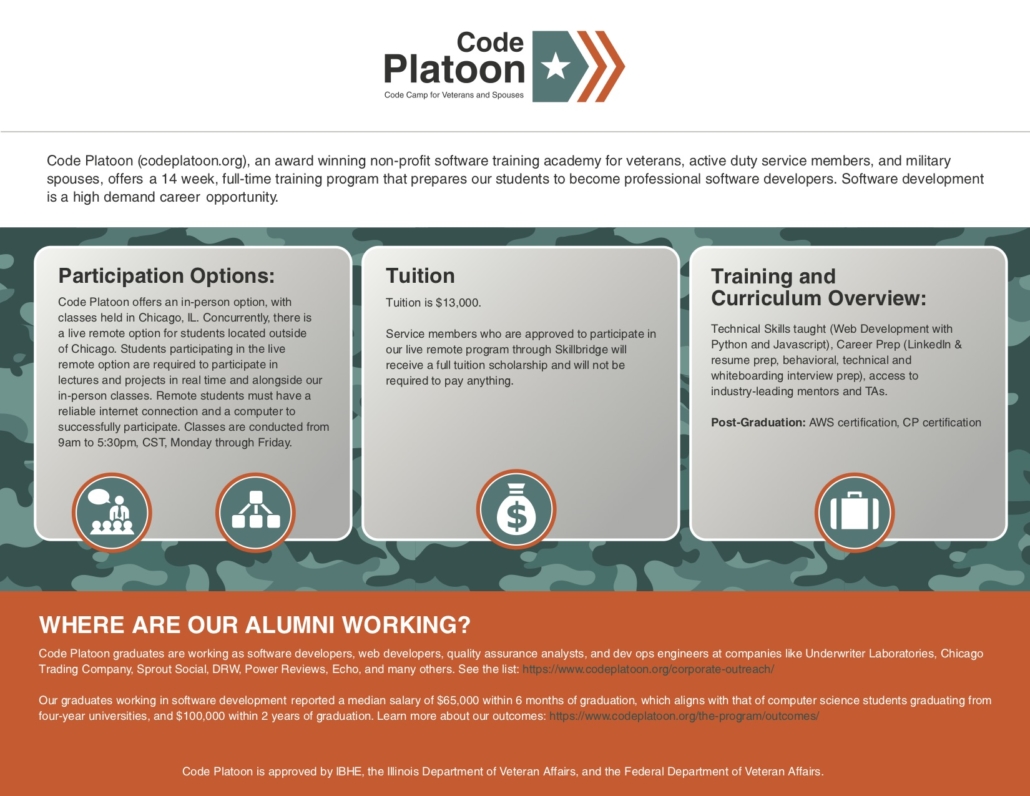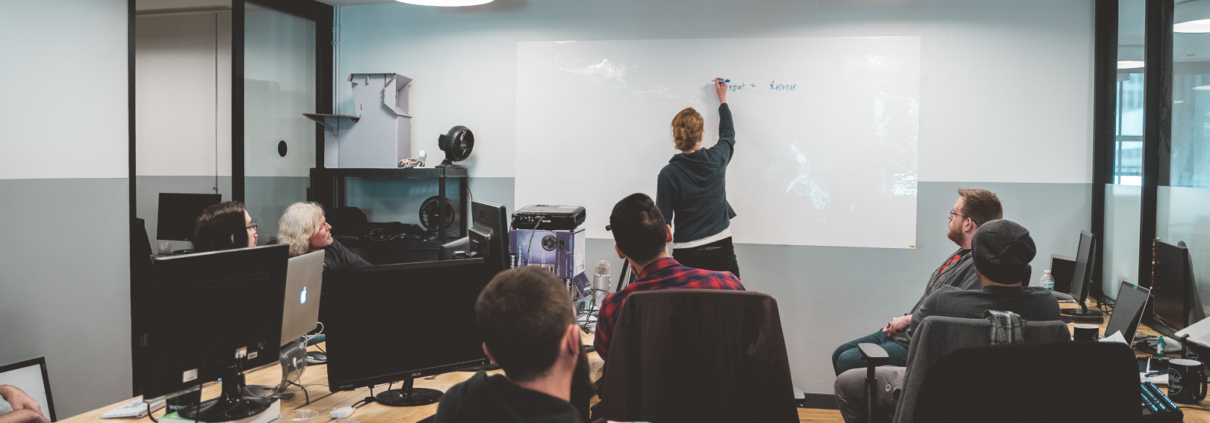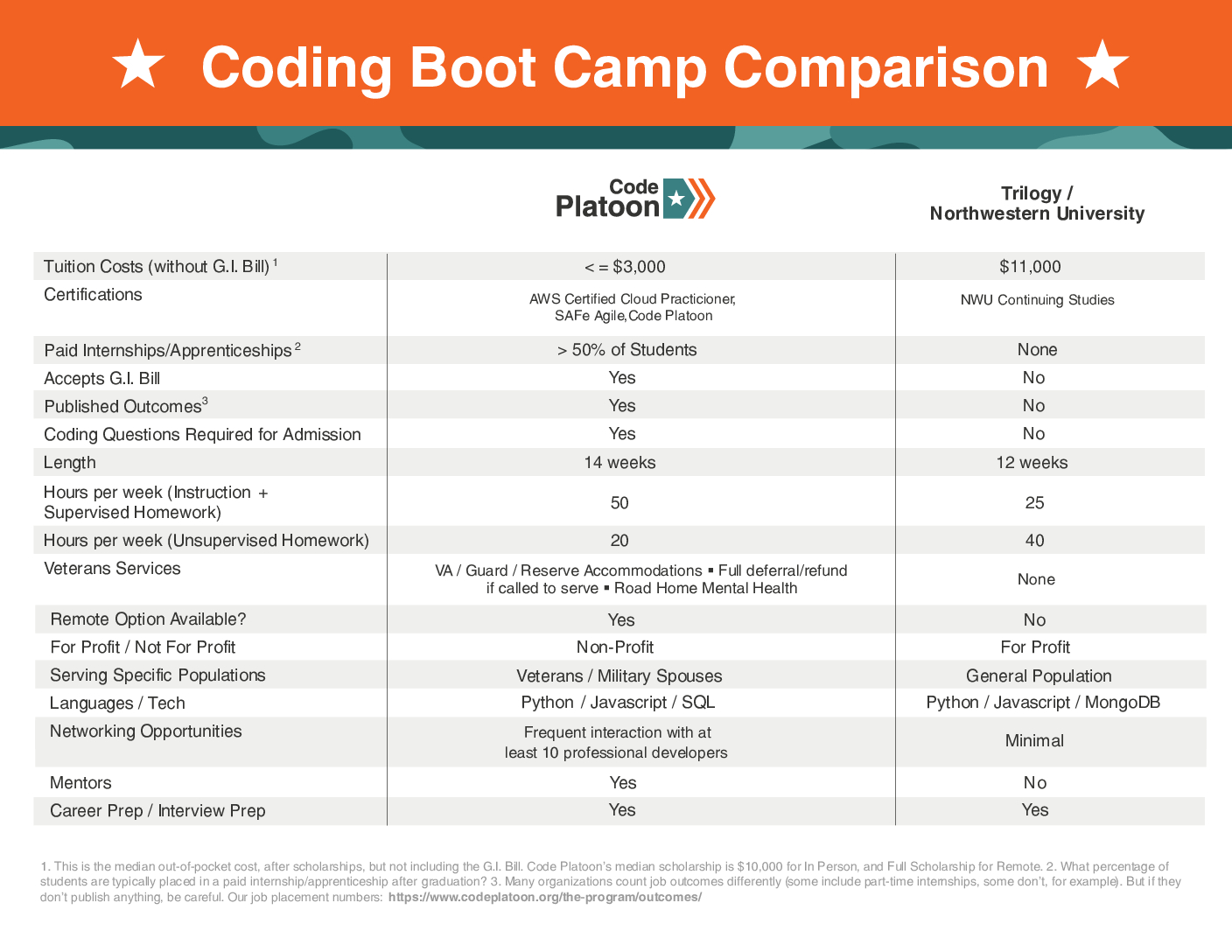When someone wants to become a professional software developer, coding bootcamps can offer a fast, complete, and affordable way to reach that career goal.
However, not all coding bootcamps are created equal. We’ve established some benchmarks that represent the accessibility of various programs and the quality of their graduate outcomes. Whether you share some or all of these values, we encourage prospective coding bootcamp applicants to consider at least some of these features when making a decision on where to learn.
And rather than work strictly in hypotheticals, we’ve used actual data from two coding bootcamps: Code Platoon, our own non-profit coding bootcamp exclusively available to military veterans and their spouses; and Northwestern Coding Bootcamp, another coding boot camp also located in the greater Chicago area, run by Trilogy Education Services Inc.
Each section of the analysis is broken up according to the question we’re addressing about the coding bootcamp.
Do graduates from the coding bootcamp get coding jobs?
Most folks are going to a coding bootcamp because they want to become professional software developers. Coding bootcamps are challenging and job-like in their schedule, so hobbyists usually lack the needed motivation to drive through to completion. Of course, if you want to dabble in coding, there are plenty of other free, online resources and local classes!
But for those out to get the coding jobs, there are more factors in whether your coding boot camp will lead to a career than just the technical coding skills alone. What are the other keys to getting a job after a coding bootcamp, aside from the tech stuff?
Apprenticeships / Internships
The first job after a coding bootcamp is by far the hardest to get. Code Platoon has a corporate sponsor model whereby companies commit to host the majority of our graduates for paid internships. Most of those internships turn into full-time offers within the same companies.
Certifications
Do certifications help coders get jobs in the tech industry? Some do. A certification is not a guarantee for success, but certifications like those granted by Amazon Web Services (which Code Platoon offers) and Oracle for Java do matter to companies that use those particular tools.
Publish outcomes
All coding bootcamps should publish their job placement outcomes. This can help set realistic expectations for applicants and students, and even increase confidence (and as a side effect, performance) for graduates who may doubt their value before they land the job. Besides, with the data being readily available from alumni, why wouldn’t a coding bootcamp publish its outcomes? Code Platoon’s outcomes are available here.
Career preparation
Quality of career prep varies between programs, but this is an essential component of any successful coding bootcamp. We spend many hours, over the course of many weeks, doing resume and LinkedIn preparation, behavioral and technical interview prep, mock interviews, and more. Both Code Platoon and Northwestern include this in their curriculum.
Extensive networking opportunities
Many estimates suggest that 70% to 85% of all job opportunities are found through networking opportunities. Most coding bootcamps are aware of this, and say that they will introduce their students to the tech community.
Be careful with what they mean. Will the programs take you to meetups? You can do that by yourself. Will they introduce you to a mentor who is an employee of the bootcamp, or who only meets you three times during the entire course? Not much of a networking opportunity.
We bring the network to our students. Every night, two professional software developers volunteer to spend two hours working with our students on their homework. That means our students get to interact with 10 professional developers every day of every week for two whole hours in addition to their class time with our instructors.
Is the training program affordable?
The price tag on a program may not take into account various ways to offset the cost of that program, such as scholarships. It’s a great idea to compare similar coding bootcamp options along the lines of cost for the value, but remember to consider the final out-of-pocket expense rather than the initial price tag.
Scholarships
Many programs offer scholarships to make their programs more affordable. Our median scholarship for the In-Person Program is $10,000. Our Women in Tech and Remote scholarships completely cover the cost of tuition ($13,000). Here is a great list of coding bootcamp scholarships for many different schools.
GI Bill®
This option is specific to veterans (and sometimes their families). Code Platoon is GI Bill approved, meaning that the GI Bill can potentially cover the cost of tuition along with initiating any other GI Bill benefits the student may be eligible for, such as a housing allowance.
Student loans
Still can’t afford tuition after scholarships? Many programs work with third party lenders for student loans. Making a decision to take a loan depends mostly on your credit history and your confidence in gaining employment after graduation (which may depend on the school’s outcomes, mentioned above.)
How hard is it to get into the coding bootcamp?
Coding bootcamps have a choice:
- Let anyone in (immediate profit, long-term reputation damage)
- Let only experienced coders in (decent outcomes, possible student burnout)
- Let people in based more on non-coding attributes (prioritize personality over skill)
Ask yourself: Does the program want students who are eager to learn? Or does the program admit anybody who can write a check?
We focus on selecting the most motivated students, which leads to a student body that encourages and drives one another. Spirits are high, bonds are strong, and results are better because our students are linked together by a common thread of dedication.
Getting into a new profession is hard, and as a student you need to come committed to putting in the time and effort to get there. To offset the motivation requirements, we use fairly modest coding challenges to determine who is ready to attack our rigorous program. It’s more important to show us what you can do during the prerequisites and the course than how much you knew prior to applying!
How can I judge the program’s quality?
Instructed Hours
Want an easy way to evaluate how much material you are going to learn, and how deeply you will learn it? Take a look at how many ‘supervised hours’ (instruction time / guided workshops / project work with instructors available to assist) versus their ‘unsupervised hours’ (solo homework time).
Of course, pure hours is an insufficient indicator of quality. But it is definitely an indicator. By the time students finish our program, they will have had over 700 instruction/supervised hours; at Northwestern Coding bootcamp, that number is 300.
Reviews
Student feedback, testimonials, and review score averages are the ultimate validation of a program’s quality. Course Report and Switchup.org are two industry review sites for coding bootcamps.
What type of coding bootcamp is it?
- In Person: most learners prefer an in-person delivery, if logistically possible, since you can easily communicate with your instructors and fellow students, and more readily form bonds with your classmates.
- Full time / Immersive: the original bootcamp model. Go hard for a short period of time (9 to 20 weeks typically) and you are done.
- Part time : need to work or have other daytime responsibilities? Some programs offer the same or similar curriculum to full-time programs, only presented in nights and weekends.
- Again, look for more ‘supervised hours’
- Live Remote: same as the In Person programs, only you attend live classes and workshops from the comfort of your own (or someone else’s) home. A great option if travel or housing are issues.
- Self-paced remote: need to work, support a family, or just can’t find time to immerse yourself in a bootcamp? Self-paced is a good option if you can only find a few hours here and there. It will take a lot longer, but if you have the tenacity, you can still succeed in this type of program. If you want a leg up on attending a live in-person or remote program later, a self-paced remote program is a good way to prepare yourself in advance.
Does the coding bootcamp focus on a specific population and work to accommodate that group?
Most programs are for-profit, and serve everyone who can pay and pass the application process. Some programs are mission-driven nonprofits seeking to serve just a single population, like Code Platoon does for veterans and military spouses, and Ada Developers Academy does for women.
There are various advantages to attending a mission-driven nonprofit. First, since they don’t have shareholders, every dollar they take in goes back into improving the program. They are also able to serve the student population’s specific needs; whether it’s partnering with other veteran-serving nonprofits, like the The Road Home for mental wellness, or providing accommodations for Guard or Reservists who need to take time off to drill, or providing full refunds to our students if they get called up to serve, we understand our population and how we can best help them.
Conclusion on comparing coding bootcamps
Simply put: Do your research and decide what is most important to you. It often helps to write your objectives, priorities, and available coding bootcamp options down side by side.



